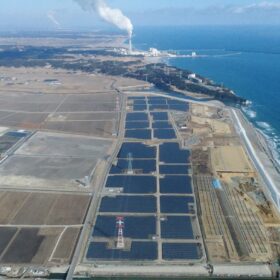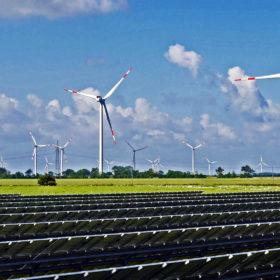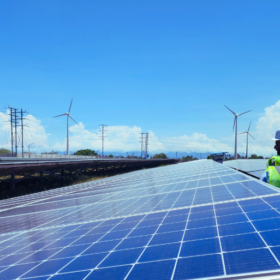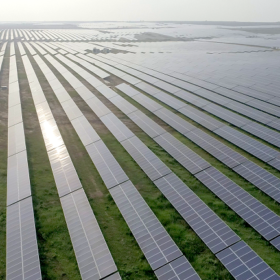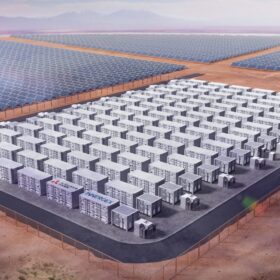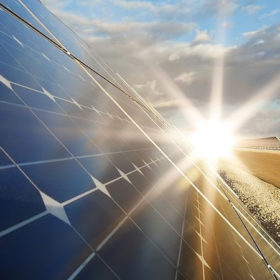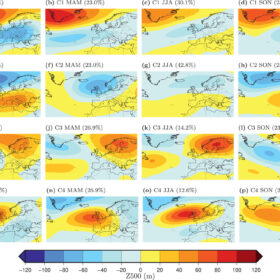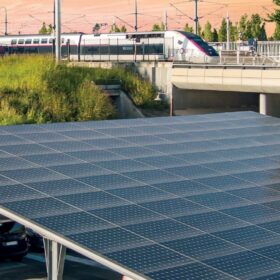Japan’s 16th solar auction concludes with lowest bid of $0.065/kWh
Japan’s latest procurement exercise was open to PV projects above 250 kW in size. The lowest price came in at JPY 9 ($0.065)/kWh, with 119.7 MW of allocated capacity.
Integrating higher share of renewable energy in India’s power system
To increase the share of renewable energy, India needs to introduce demand-side measures like time-of-use tariffs, develop a well-connected national grid, deploy various energy storage options for grid balancing services, and convert its fossil-fuel-powered fleet to operate flexibly.
IFSCA and Climate Policy Initiative sign MoU on sustainable finance
The International Financial Services Centres Authority (IFSCA) and Climate Policy Initiative – India (CPI) have signed a Memorandum of Understanding to support the mobilization of sustainable finance in India.
India must add 32 GW of solar capacity per year to meet PV target for FY 2030
India will have to add over 30 GW of solar capacity annually to meet the 293 GW PV target in the optimal energy mix for 2029-30. The nation had installed 68 GW of PV capacity as of May 31, 2023.
Chile releases bidding terms for 5,400 GWh renewables, storage auction
The Chilean authorities want to contract 5,400 GWh of power from renewable energy, while also including battery storage. The selected developers will secure 20-year power purchase agreements (PPAs).
South Eastern Coalfields to develop 600 MW of solar power projects
South Eastern Coalfields plans to develop 600 MW of solar power projects with more than INR 1,000 crore investment.
Dutch government mulling PV ban on agricultural sites
Dutch Economy Minister Micky Adriaansens said that she aims to make it impossible to install solar farms on agricultural land, with some unspecified exceptions. The plan has raised concerns at Holland Solar, with the trade group warning of potential damage to farmers and solar project developers.
Using existing fences as near-zero-cost racking solution for PV deployment
American researchers are proposing to use steel zip ties to attach solar modules to fences in animal farms as a low-cost racking solution for agrivoltaic applications. They found the proposed approach is technically and economically viable, provided careful wind load tests are conducted on the fences.
Open-source online tool to optimize wind-solar projects
Scientists in Spain have developed a tool that optimizes the joint production of wind and solar. It combines data, patterns of solar radiation, and wind speeds over time in specific parts of Europe.
French railway operator launches renewables unit, plans 1 GW of solar
SNCF says it wants to devote 1,000 hectares of its land to solar development, so it can cover 20% of its electricity consumption by the end of the decade.
